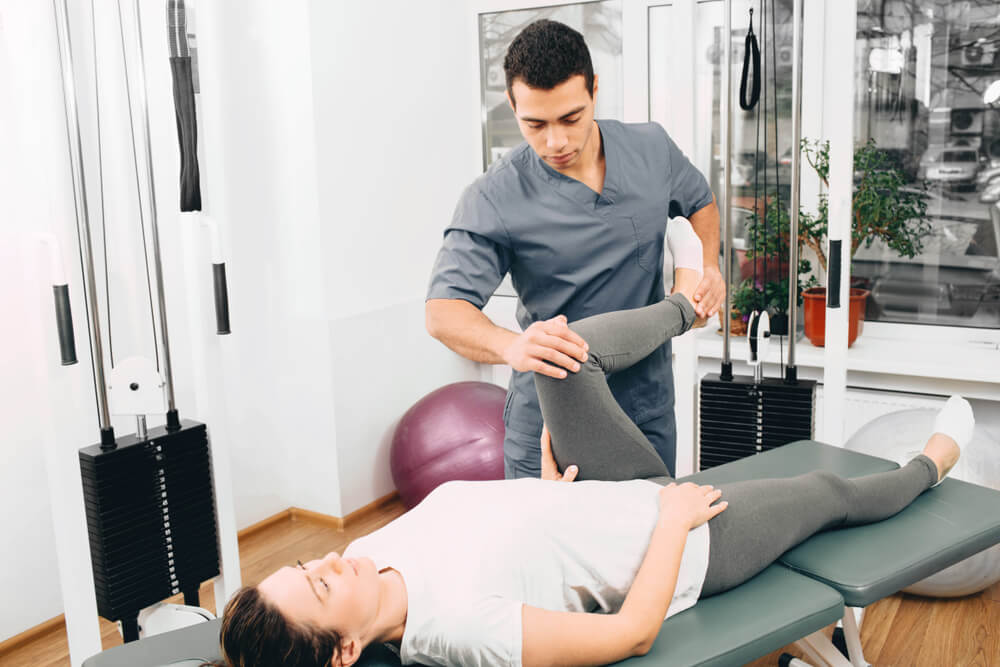The hips are working every single time you walk or get into or out of a chair, and such common daily activities can be much harder when you have a torn hip labrum. However, a physical therapy plan can help you treat this hip injury.
The hip labrum is a piece of cartilage that lines the rim of your hip socket. It helps keep the ball of the femur seated in the hip socket, and it also helps keep hip movements smooth. Issues like trauma from playing sports or femoroacetabular impingement (FAI) can lead to a torn hip labrum. Physical therapy is often the first-line treatment for a torn hip labrum, and it can help you in several important ways.
Ways physical therapy for a torn hip labrum can help you
The main goal of physical therapy for a torn hip labrum is to help you get back to your normal daily activities. To meet this goal, physical therapists can work to help:
- Reduce your pain — A hip labral tear typically causes pain in the hip. It can also trigger pain in the groin or buttocks. Reducing your pain is one way physical therapy can help you. Typically, therapy plans will be built using several therapy techniques. One study found that a multitechnique physical therapy plan helped 75% of patients completely relieve their pain in 12 weeks.
- Improve hip muscle strength — Weak hip muscles can lead to the joint misalignment that often causes a hip labral tear. In addition, weakness in hip muscles can leave you open to another hip injury in the future. These are two reasons physical therapy typically seeks to improve your hip muscle strength. A hip labral tear study reports that 12 weeks of physical therapy helped improve patients’:
- Hip flexor strength by up to 39%.
- Hip abductor strength by up to 56%.
- Hip extensor strength by at least 68%.
- Prepare for and recover from surgery — Many minor hip labrum tears may not require surgery. However, more serious tears or ones that don’t respond to treatment may need surgery. Physical therapy can still help you if you do need surgery. A type of therapy called pre-surgical rehab (pre-hab) can help prepare your body for surgery. After your surgery, a post-surgical rehab plan can help you recover faster.
Find physical therapy for your torn hip labrum at Continuum Wellness
Want to find top-notch physical therapy for your torn hip labrum? Our Continuum Wellness team is made up of highly experienced physical therapists who can help treat this issue. We’ll start your therapy process with a free screening to confirm you have a hip labral tear. Next, our physical therapists will construct an individualized therapy plan for you. Such a plan can offer all three of the benefits discussed above.
Is your hip problem making it difficult to leave home? No worries! You can work with our team via an at-home care or virtual therapy appointment that takes place right in your own home.
Contact our team today for more information about our therapy services for hip issues or to schedule an initial appointment.
